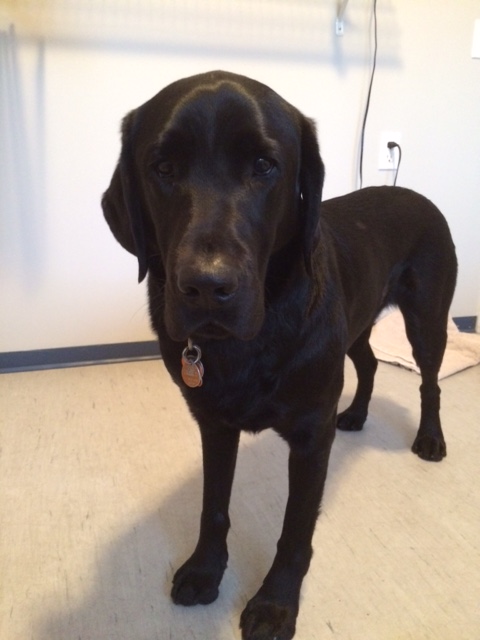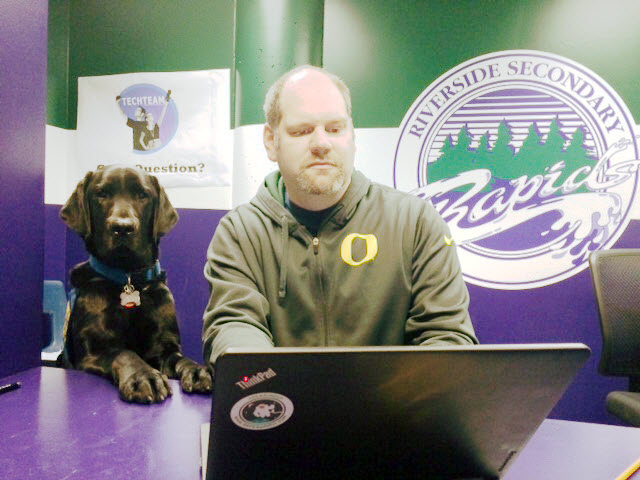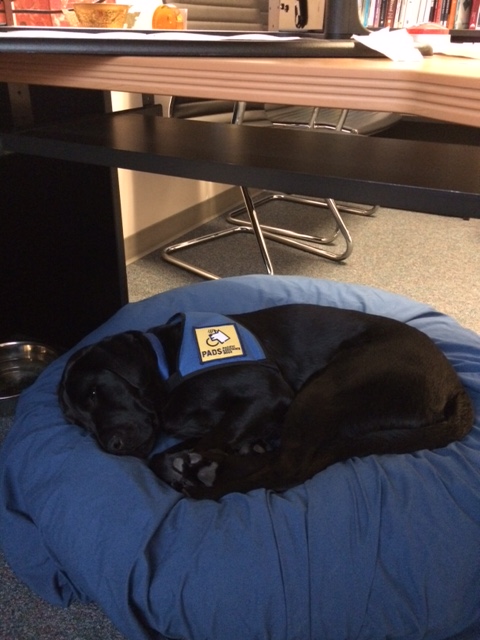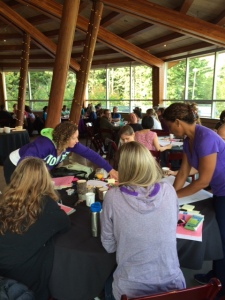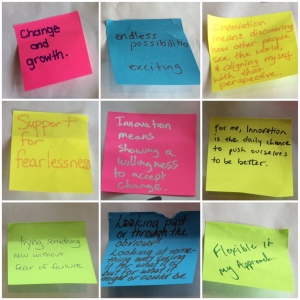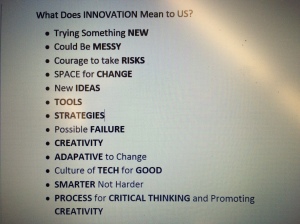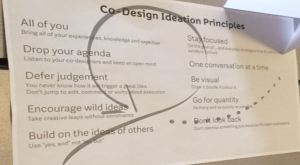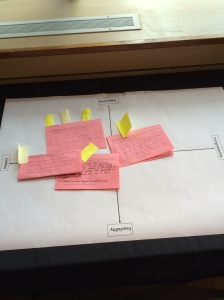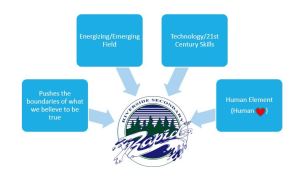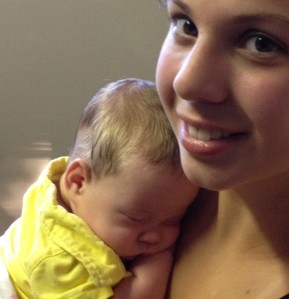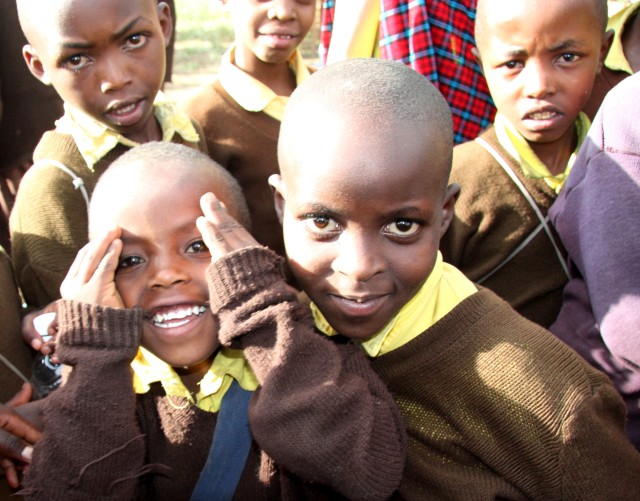
This past spring break, I was fortunate to join fourteen Riverside students on a Free the Children trip to Tanzania, Africa. The intent of this journey was to provide service in a small village by building a school, while experiencing and learning about the culture, geography, and people in the community. This blog post is a collection of my journal entries during the seven days in this incredible, rural setting. My reflection of this trip is based on my learning, particularly from our two incredible Masai warriors and two Free the Children Facilitators who taught me a tremendous amount about this wonderful place.
Day 1
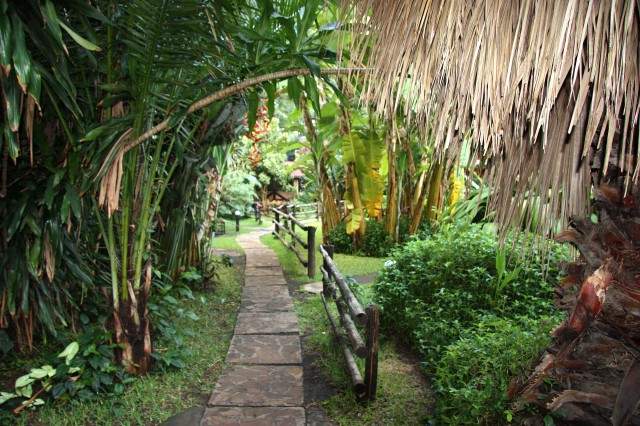 We arrived in Kilimanjaro at about 9:30 pm and began our bus ride in the dark to the Outpost Lodge in Arusha where we would bunk down for the night. This was the first time I had ever slept under a mosquito net, but our rooms were comfortable with showers, toilets, and electricity. In the middle of the night, I was awaken by the sound of rain pounding on the roof of my room. By 6:30 am, the sound of rain eased and was replaced by the strange songs of birds, and soon after, the first rays of sun made their way through my window. As I exited my room for breakfast, I enjoyed my first real glimpse of Africa. It was greener than I had imagined. While there were rumours of monkeys in the banana trees, I could not find them, but looked forward to seeing the flora and fauna that we would encounter over the next week.
We arrived in Kilimanjaro at about 9:30 pm and began our bus ride in the dark to the Outpost Lodge in Arusha where we would bunk down for the night. This was the first time I had ever slept under a mosquito net, but our rooms were comfortable with showers, toilets, and electricity. In the middle of the night, I was awaken by the sound of rain pounding on the roof of my room. By 6:30 am, the sound of rain eased and was replaced by the strange songs of birds, and soon after, the first rays of sun made their way through my window. As I exited my room for breakfast, I enjoyed my first real glimpse of Africa. It was greener than I had imagined. While there were rumours of monkeys in the banana trees, I could not find them, but looked forward to seeing the flora and fauna that we would encounter over the next week.
We boarded the bus once again and made the hour long trek to our camp. Upon our arrival, we were greeted by close to a hundred students who were singing and welcoming us. We were honoured to be greeted with such kindness and looked forward to the interactions we would have with the locals over the coming days. We then made our way to our camp for an orientation and became acquainted with our cabin tents and camp staff. While rustic, the camp was comfortable, food was terrific, and the portable showers were a treat on our working days.

The landscape in our village of Oldonyo Was is drier than what we experienced in Arusha. This is a farming community with several fields of corn, small trees, long grass, goats, cows, and donkeys. It is dwarfed by the foothills and peak of Mount Meru, but incredibly scenic and picturesque.

Day 2
The jet lag didn’t make for a great sleep, but the chirping of the crickets all night was a nice treat. We were greeted in the morning by the sound of roosters and began our day with a Swahili lesson from our Masai Warriors. It was great to learn some basic phrases to help us interact with the locals. We then made our way to the job site for an orientation and safety training before starting on our actual build of the school. Since we were the first school group with Free the Children, our job was to begin digging for the foundation of the school.
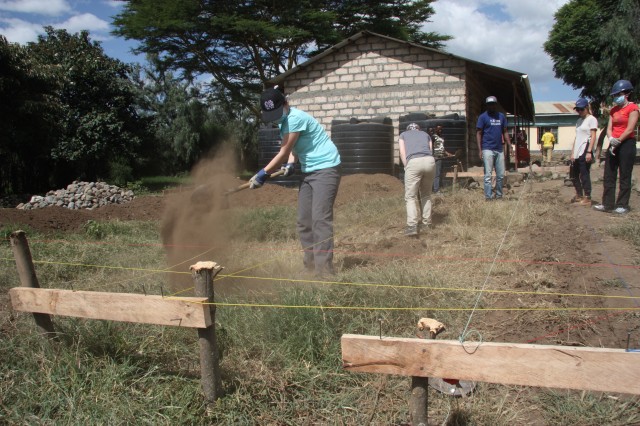
The existing school has the very basics for educating children. It exists of brick walls, a dirt floor, desks, and a chalkboard. Classrooms which are half the size of ours are filled with approximately 55 students.
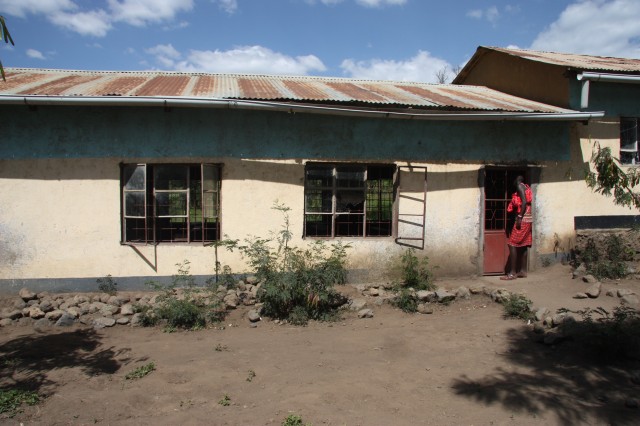
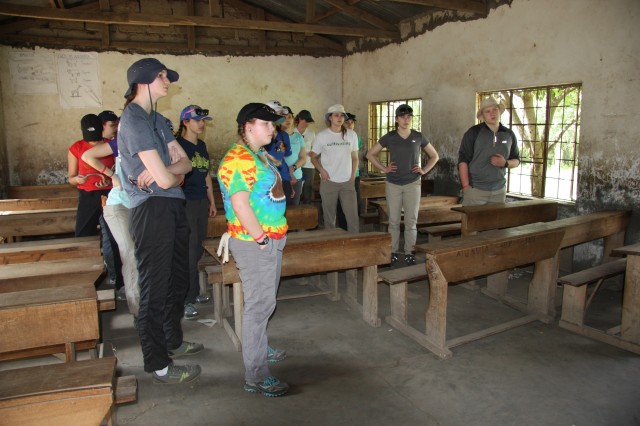
There is no question about how privileged we are in BC with the resources available to students and staff. While we have our own challenges, we are fortunate to work in schools with running water, bathrooms, heat, technology, whiteboards, gymnasiums, libraries, and general school supplies. Furthermore, we have the benefit of many varied course offerings and supports for students in the way of counsellors, youth workers, psychologists, and speech and language pathologists. None of these things are evident in the school we visited in this village. They have the very basics of what is needed for an education, but the children are excited to learn and see education as the key to finding solutions for clean water, agriculture, alternative income, and healthcare.
Day 3
Access to water is a challenge in these rural villages and in many parts of Africa. We were fortunate to join three mamas from the village on a water walk to experience the journey that these women make each day so that they have water for cleaning and cooking. We left camp with the mamas leading us along a dirt road and through rocky trails for about 2 kilometers until we reached a well. Upon our arrival with our 20 litre jugs, we learned that the well was already dry. This was not unusual for the mamas who then lead us for another half a kilometer to the next well. Fortunately, we were able to fill our jugs and begin the trek to their homes with the 20 kg filled jugs on our backs.

We arrived at the mamas homes and were thanked for bringing them the additional jugs of water than they would normally get on any given day. One of the mamas was kind enough to give us a tour of her home which is seen in the background of the picture below. The homes are very basic. They are made of tree branches with mud and a tin roof. Inside is a small sitting area and a bedroom. It is simple, but it is shelter and it is a sense of pride for the mamas who built their homes by hand.
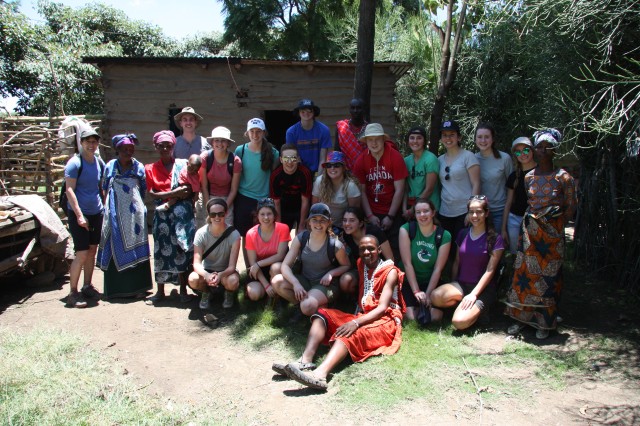
Living here is about survival. There is no television, electricity, or wifi. When you consider all that we have in our homes for convenience, it does not take long to realize how good we have it. Some might say, we have it too good and that our perception of needing more is selfish in comparison to what others have or how they live. In this village where they have so little, family and community are so vital. There is a strong sense of dependence and connection with one another. Sometimes I wonder if our desire for more has resulted in our loss of community here as family members leave their neighbourhoods for further education, newer homes, or better opportunities for employment.
Day 4
We took a break from our build site and hopped on the bus for a safari to the Tarangire National Park. This would be our first opportunity in search of the big 5 (lion, water buffalo, elephant, rhinoceros, leopard). For many tourists, this is a dream come true. We started our adventure at 5 am with a 2.5 hour ride to our destination. Spending several hours on the dirt roads looking across the grasslands, we spotted many species of animals, such as impalas, elephants, giraffes, zebras, wildebeests, wild boars, ostriches, baboons, and monkeys. We searched at great length to find a lion, cheetah, or leopard, but to no avail. The warm weather likely kept these beautiful cats in the shade staying cool.
This is such a beautiful place. Words cannot describe how majestic and surreal it is to see these animals in their native habitat. If only we could have more time exploring this amazing terrain, but all good things must eventually come to an end and we made our way back home in time for dinner.
After another wonderful meal, we enjoyed a campfire and some storytelling with the Masai Warriors. They provided incredible insight into the history and present lifestyle of the Masai tribe. We learned about what it takes to become a Masai Warrior, the structure of their families, and the responsibilities of the warriors in protecting their property and people. One of the traditions of becoming a warrior was to kill a lion. Since lions are now protected, they have started a new rite of passage which involves pursuing a university education. It’s an interesting shift, but one they believe will benefit their families and communities.

Day 5
We began our fifth day at the build site. This was our third day working on the foundation. We were finally ready for mixing and pouring the concrete footings in order to begin laying the bricks. This was exhausting in the heat, but we worked together and made good progress.
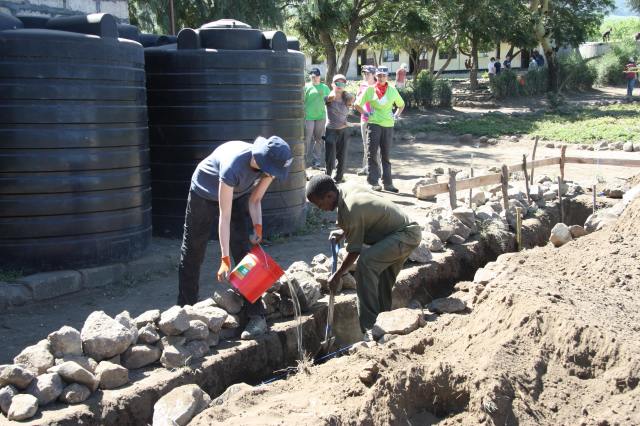

We headed back to camp for some lunch and a group activity. As we sat in our mess tent, I looked out beyond the camp and could see some of the students hauling stalks from the Sisal plant back to a nearby field. They were building goal posts for a soccer match that we would play in the afternoon. After the nets were ready, we could see the kids warming up. We knew immediately that they were preparing for a competitive game in which they wanted to win. We quickly put on our Riverside shirts, headed out to the field, had a cheer, and enjoyed some play time with the students. This was one of the highlights of the week as it was an opportunity to interact with the students and witness the excitement of their classmates cheering them on the sidelines.
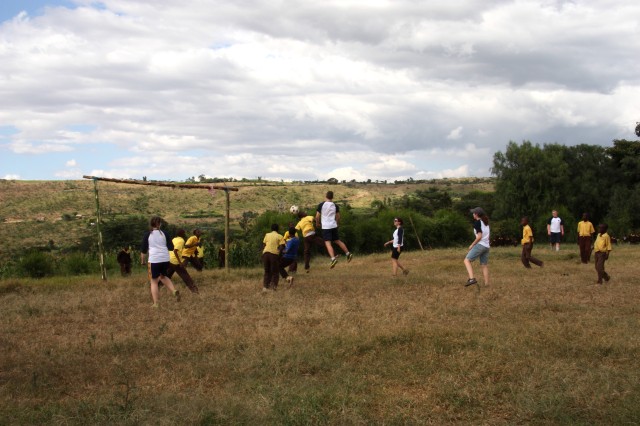
With pride, I will say that this was a win for the Rapids. Not realizing how important this was to the children in the village, we would soon learn that a rematch was being planned for our final day of our stay.
Day 6
Happy St. Patrick’s Day! We woke up to some Irish music courtesy of Ms. Blaxland and Ms. Chittenden and headed back to the build site. We continued to work on the foundation, laying the bricks until we could get them stacked four high. This would be the point at which the walls would begin to get constructed. We also took breaks during this build to interact and dance with the students at the school. Watching our students hold hands with the children in the village, sing, dance, and make grass bracelets, was heartfelt. Although they could only communicate in a limited way using words, the body language was clear…everyone was having fun and building connections with one another.

We headed back to camp for lunch and were then visited by a couple of mamas who taught us how to bead bracelets. This was a fun activity for the students who soon began the conversation about wanting a beading class at Riverside! There is something relaxing and enjoyable about this particular activity. For many students, I suspect it brought them back to their younger days in elementary school where there were able to make crafts. Many of the students continued to bead into the evening, creating gifts for family or friends.
A few students took some time in the latter part of the afternoon to do their laundry…the way it’s done in the village. Given how this is a very manual process here, I would assume that there is no excuse for any of our students to not do their own laundry back home (moms and dads, that one is for you.:).
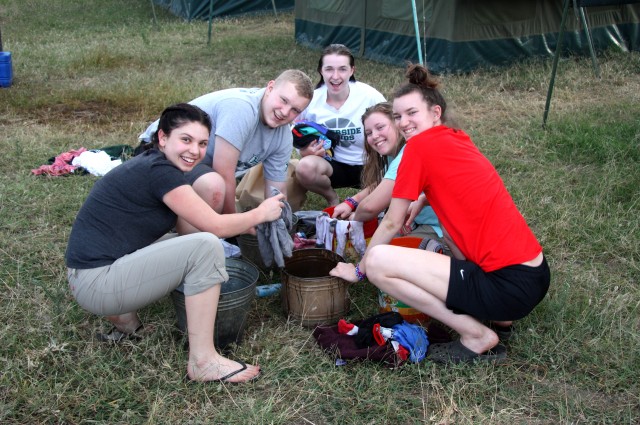
Day 7
This was an emotional day for many. It would be our final full day at camp in this beautiful community. We pooled our money to purchase two goats as part of a traditional meal to thank the camp staff and teachers from the school for their generosity in taking such great care of us. We were treated incredibly well by the cooks, cleaning staff, and water boy (majimoto). Majimoto’s job was to fill the bucket for our showers with warm water so that we could have a rinse at the end of our builds.
We had another opportunity to go to the build site and work more on the foundation. We had accomplished what we could in the 7 days here. The school was ready for the next group to build the walls.

Our work ended with a torrential downpour as we quickly ran for cover. While the adults gathered under the roof of the school, our team of Riverside students saw this as an opportunity to cool off and they quickly assembled in the open area to embrace the showers. After about 30 minutes, the sun returned and we made our way back to camp for some lunch and rest before our soccer rematch (which we won again).
After the soccer game, we all gathered with the students and staff at the school, as well as members of the community to have a celebration and say our goodbyes. We were treated to more songs and gifts of shukas and beaded jewelry. However, the most incredible gift to us was offered by the village and this gift was one that we would have to leave at camp once we depart. We were offered a goat, which is by tradition, one of the most honourable gifts that could be given. We spent more time interacting with the students and staff, sharing smiles and tears, before heading back to camp to get ready for our feast.
After our incredible dinner, we boarded the bus to a nearby field for warrior training with the Masai. We would get a glimpse of Mount Kilimanjaro here before the clouds would roll in and cover the snowcovered peak. We practiced throwing the conga and shooting the bow and arrow. All I can say is, thank goodness the Masai warriors were there to protect us because our aim and technique left something to be desired!


Day 8
We depart camp for our return flight of 28 hours, including our layover in Amsterdam. Before we get to the airport, we stop at a cultural museum to learn more about Africa and do some shopping at the market. We have been blessed to have an incredible adventure with an amazing group of students and staff in one of the most beautiful places in the world. I am so grateful to the people of Oldonyo Was who opened their community and homes up to a group of strangers. I know that many of us were not ready to go back to our homes in Port Coquitlam. Perhaps this will leave us with a yearning to return one day and learn more about this incredible country and continent. For now, we will each share our stories of this adventure through our own lens and hope that the lessons we learned will translate into changes and actions that will make our world a better place.


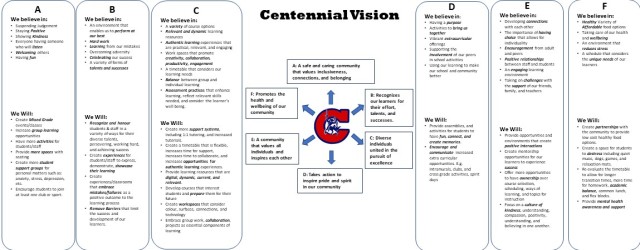
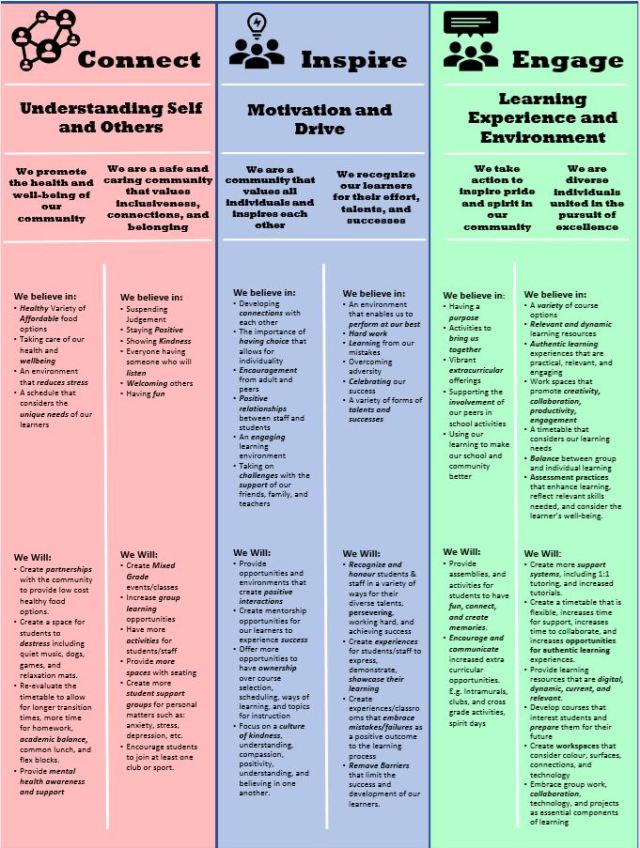







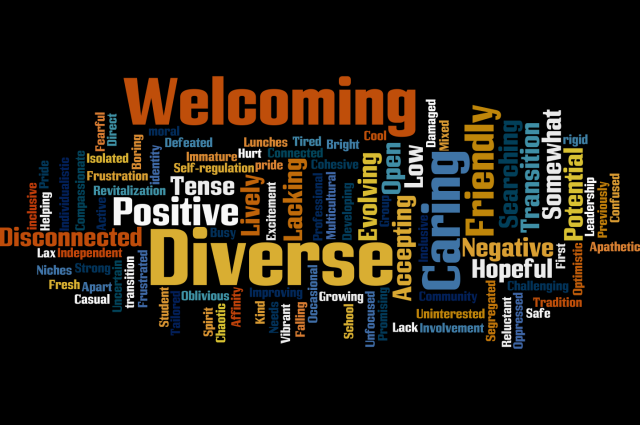


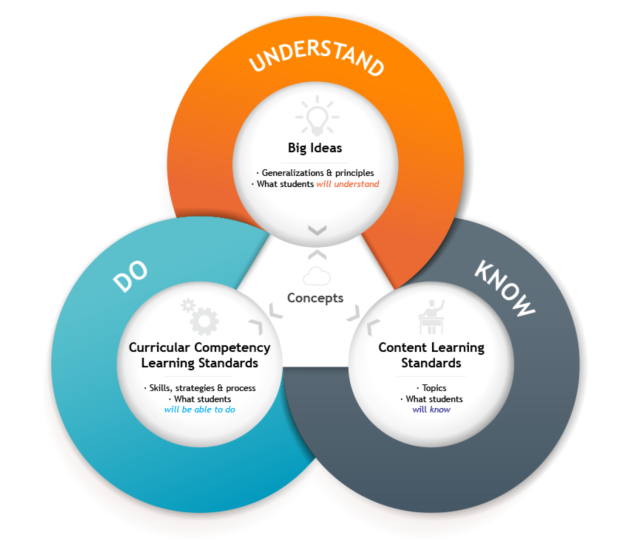

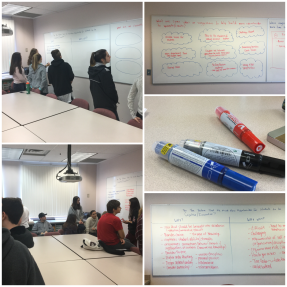 innovate/create? Why? Why not?
innovate/create? Why? Why not?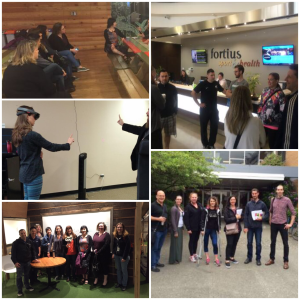 Using these key ideas, we started to conduct some research on what other schools and organizations are doing to build more opportunities for innovation and creativity. This past Monday, we sent teams of staff out to ten different schools/organizations to begin our quest into what makes these schools or organizations positive exemplars for being innovative/creative. Our teams then returned in the afternoon with their findings to share out as a staff. I want to personally thank the following schools/organizations for accommodating us on these visits and for inspiring us:
Using these key ideas, we started to conduct some research on what other schools and organizations are doing to build more opportunities for innovation and creativity. This past Monday, we sent teams of staff out to ten different schools/organizations to begin our quest into what makes these schools or organizations positive exemplars for being innovative/creative. Our teams then returned in the afternoon with their findings to share out as a staff. I want to personally thank the following schools/organizations for accommodating us on these visits and for inspiring us:
 We arrived in Kilimanjaro at about 9:30 pm and began our bus ride in the dark to the Outpost Lodge in Arusha where we would bunk down for the night. This was the first time I had ever slept under a mosquito net, but our rooms were comfortable with showers, toilets, and electricity. In the middle of the night, I was awaken by the sound of rain pounding on the roof of my room. By 6:30 am, the sound of rain eased and was replaced by the strange songs of birds, and soon after, the first rays of sun made their way through my window. As I exited my room for breakfast, I enjoyed my first real glimpse of Africa. It was greener than I had imagined. While there were rumours of monkeys in the banana trees, I could not find them, but looked forward to seeing the flora and fauna that we would encounter over the next week.
We arrived in Kilimanjaro at about 9:30 pm and began our bus ride in the dark to the Outpost Lodge in Arusha where we would bunk down for the night. This was the first time I had ever slept under a mosquito net, but our rooms were comfortable with showers, toilets, and electricity. In the middle of the night, I was awaken by the sound of rain pounding on the roof of my room. By 6:30 am, the sound of rain eased and was replaced by the strange songs of birds, and soon after, the first rays of sun made their way through my window. As I exited my room for breakfast, I enjoyed my first real glimpse of Africa. It was greener than I had imagined. While there were rumours of monkeys in the banana trees, I could not find them, but looked forward to seeing the flora and fauna that we would encounter over the next week.



























